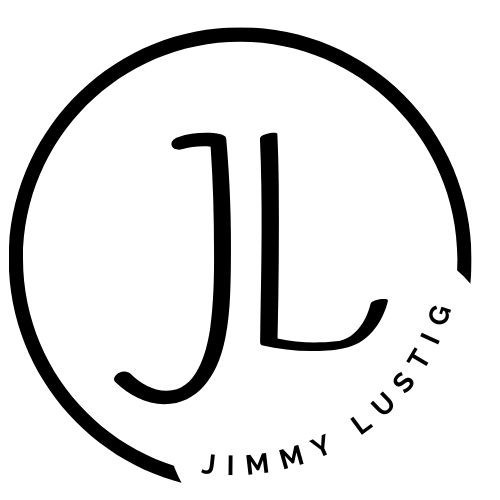Communities are diverse tapestries of individuals with unique backgrounds, experiences, and perspectives. Engaging with these diverse groups in a meaningful way can lead to a more inclusive and supportive environment. The key lies in understanding the shared values and common goals that bind people together. This understanding, coupled with effective communication and mutual respect, sets the stage for strong community relationships.
The concept of community relationship building is rooted in the basic human need for social connection and belonging. Historically, communities served as the primary source of support, security, and identity for individuals. In traditional societies, strong communal bonds were essential for survival, encompassing everything from sharing resources to collective decision-making.
Today, the essence of community has evolved, yet the fundamental need for connection remains. Modern communities can be geographical, such as neighborhoods or towns, or based on shared interests, beliefs, or goals. Regardless of their form, the health and vitality of these communities hinge on the strength of the relationships within them.
Effective community relationship building fosters a sense of belonging increases mutual support and enhances overall well-being. It also leads to more resilient communities that can better face challenges and leverage opportunities. However, building these relationships is not without its challenges. It requires overcoming barriers such as cultural differences, social inequities, and mistrust.
This background sets the stage for exploring effective strategies for community relationship building. By understanding the historical and contemporary importance of these relationships and recognizing the challenges involved, we can better appreciate the value of the strategies discussed in the following sections.
Active Listening and Empathy
Active listening involves concentrating on what is said rather than passively listening. It means being present and engaged, showing interest, and responding thoughtfully. This form of listening fosters deeper understanding and shows respect for the speaker’s perspective.
Empathy goes hand-in-hand with active listening. In a community context, empathy allows individuals to connect across different backgrounds and experiences. It helps in acknowledging and valuing the diversity within the community, which is essential for building strong relationships.
Practicing active listening and empathy involves several key actions. Firstly, one must approach conversations with an open mind, setting aside biases and preconceptions. It means asking open-ended questions to encourage discussion and show genuine interest in others’ opinions and experiences. Furthermore, reflecting and paraphrasing what others have said demonstrates understanding and respect for their viewpoint.
When community members feel heard and understood, trust begins to build. This trust is the foundation upon which strong, cooperative relationships are built. Active listening and empathy not only resolve conflicts but also foster an environment where all members feel valued and connected.
Collaboration and Shared Activities
Working together towards a common goal or participating in shared activities creates a sense of unity and camaraderie. These experiences allow community members to engage with one another, discover common interests, and build mutual respect.
Collaborative projects can range from community improvement initiatives, like neighborhood cleanups or community gardens, to cultural and social events, such as festivals or workshops. These activities provide opportunities for individuals to contribute their skills and knowledge, creating a sense of purpose and belonging.
Organizing regular community meetings or forums where members can propose and plan activities is another effective strategy. This approach encourages democratic participation and gives everyone a voice in what happens in their community.
Ultimately, collaboration and shared activities not only strengthen existing relationships but also pave the way for new connections. They foster a spirit of cooperation and collective responsibility, essential elements for a vibrant and thriving community.
Consistent, Transparent Communication
Effective communication helps to disseminate information, clarify misunderstandings, and ensure that all community members are on the same page. It is the glue that holds a community together, especially in times of change or challenge.
Consistent communication means regular updates and interactions within the community. This could be through community newsletters, social media platforms, or regular meetings. The goal is to keep everyone current and engaged, ensuring that communication flows in both directions – from community leaders to members and vice versa.
Transparency is equally crucial. It involves being open about decisions, processes, and challenges facing the community. When community leaders and members communicate transparently, it builds trust and credibility. It also encourages others to speak openly and share their thoughts and concerns.
Incorporating diverse communication channels can help reach different segments of the community. For example, digital platforms might appeal to younger members, while traditional methods like community bulletin boards or local gatherings might be more effective for others.
Effective communication is not just about sharing data; it’s about fostering an inclusive environment where every voice is heard and valued. It’s a continuous process that plays a critical role in building and maintaining strong community relationships.
Active listening and empathy allow us to connect with community members on a deeper level, understanding their perspectives and experiences. Collaboration through shared activities brings people together, creating a sense of belonging and mutual respect. Consistent, transparent communication keeps the community informed and engaged, fostering trust and a shared vision.
The benefits of strong community relationships are manifold. They lead to a more supportive, resilient, and vibrant community where members feel valued and connected. Such communities are better equipped to face challenges and leverage opportunities for growth and development.

